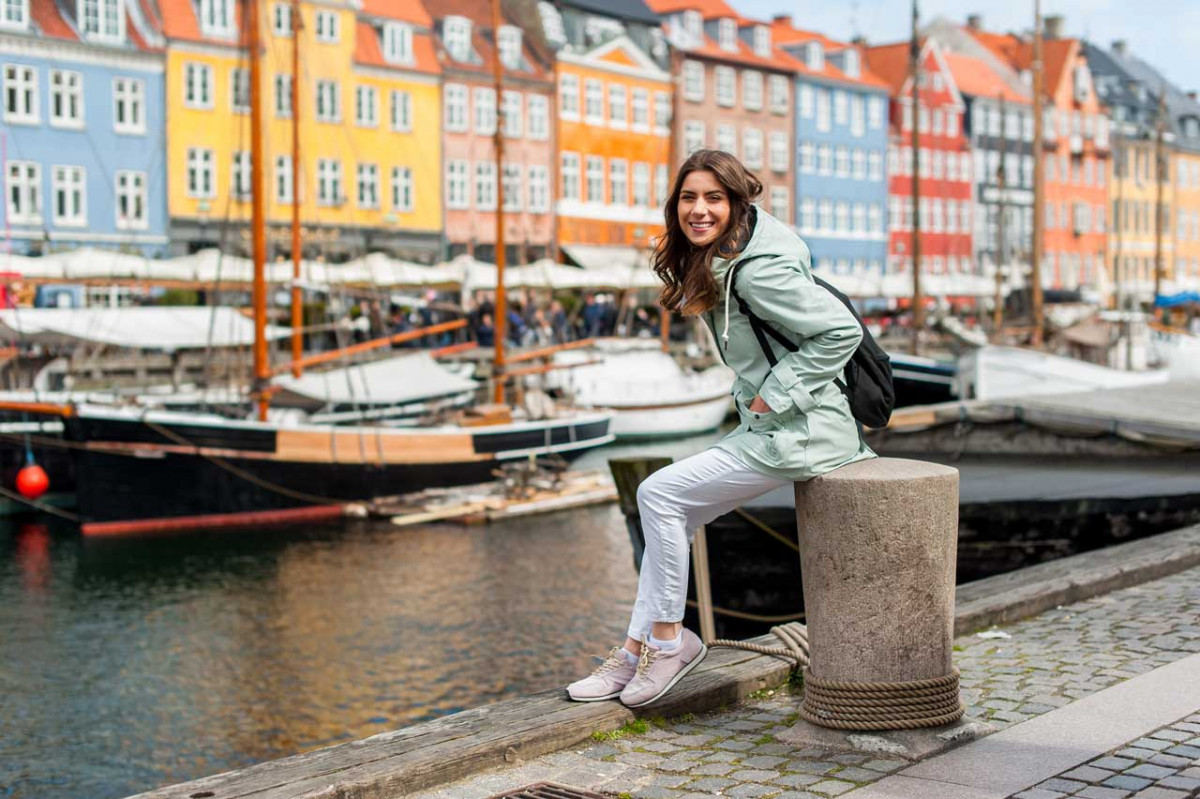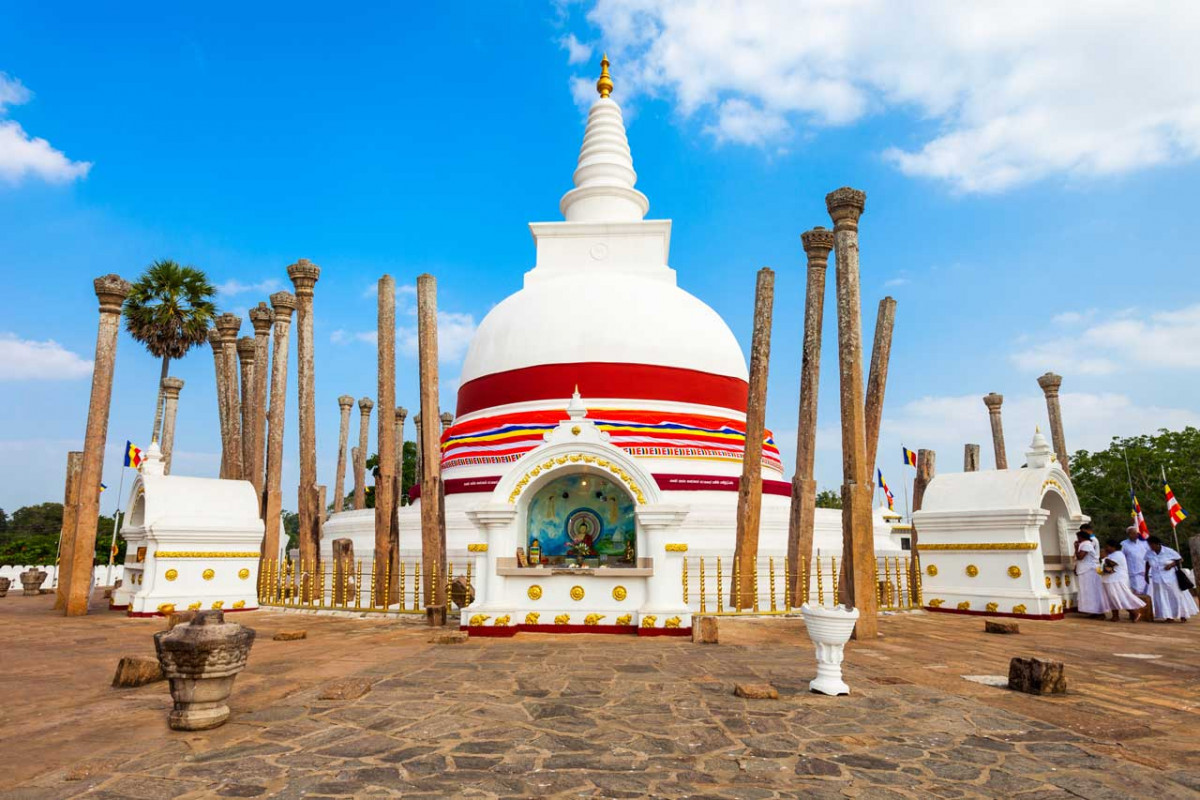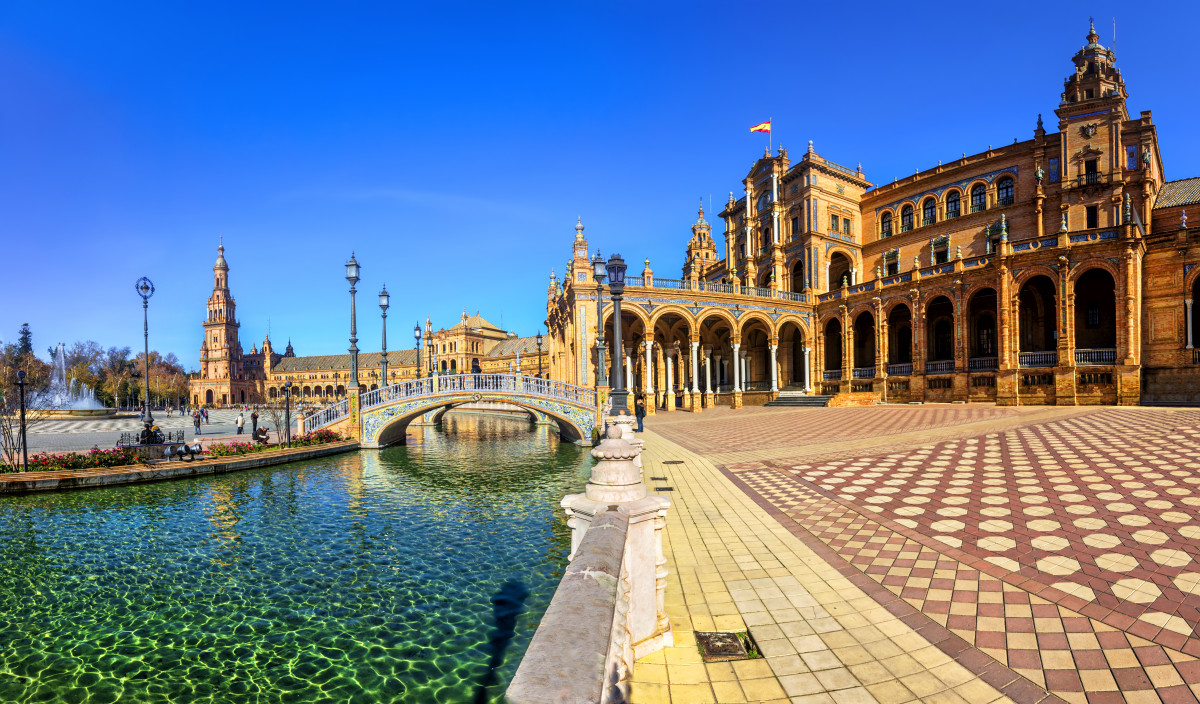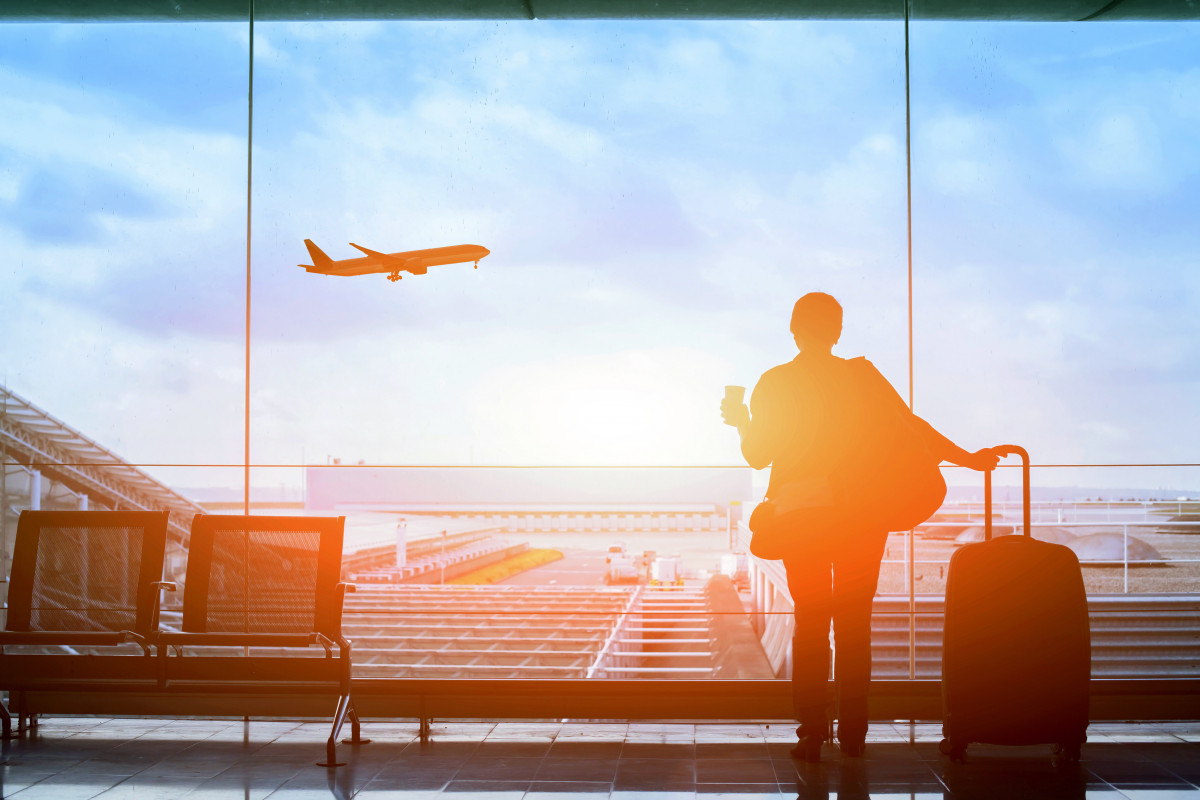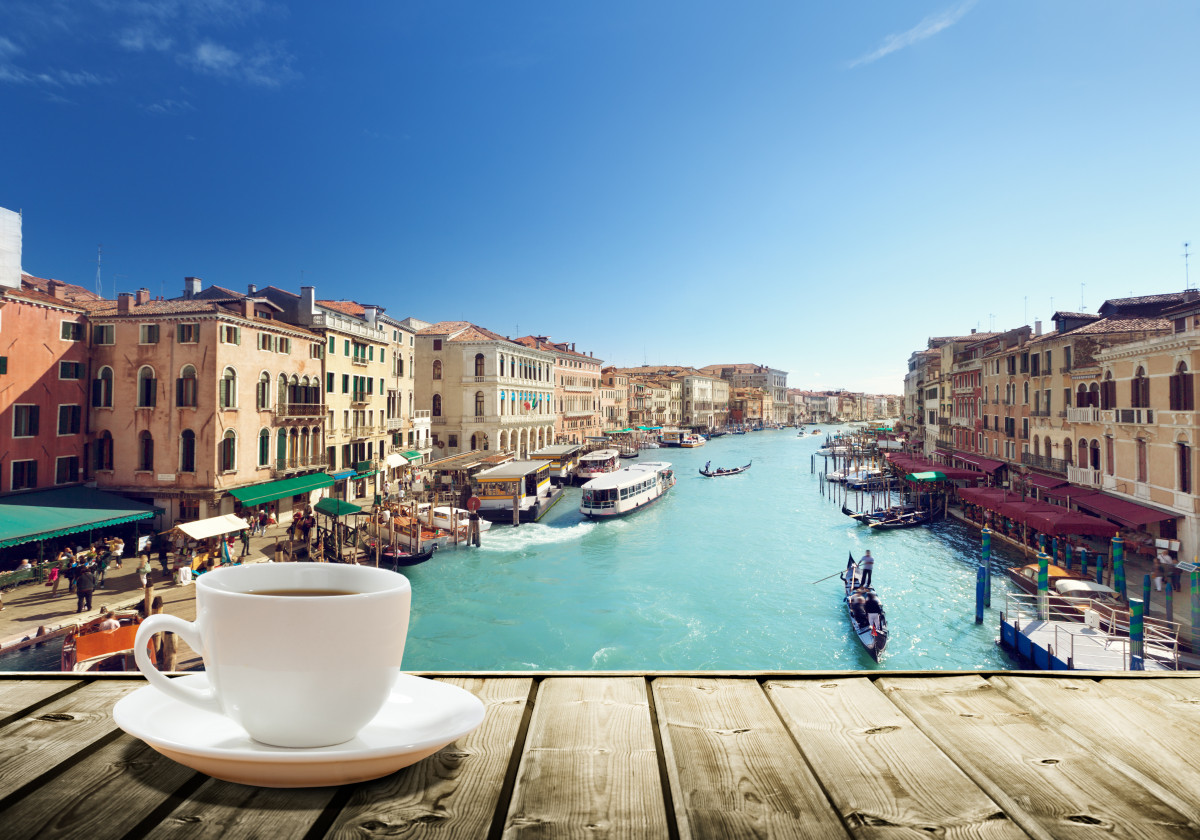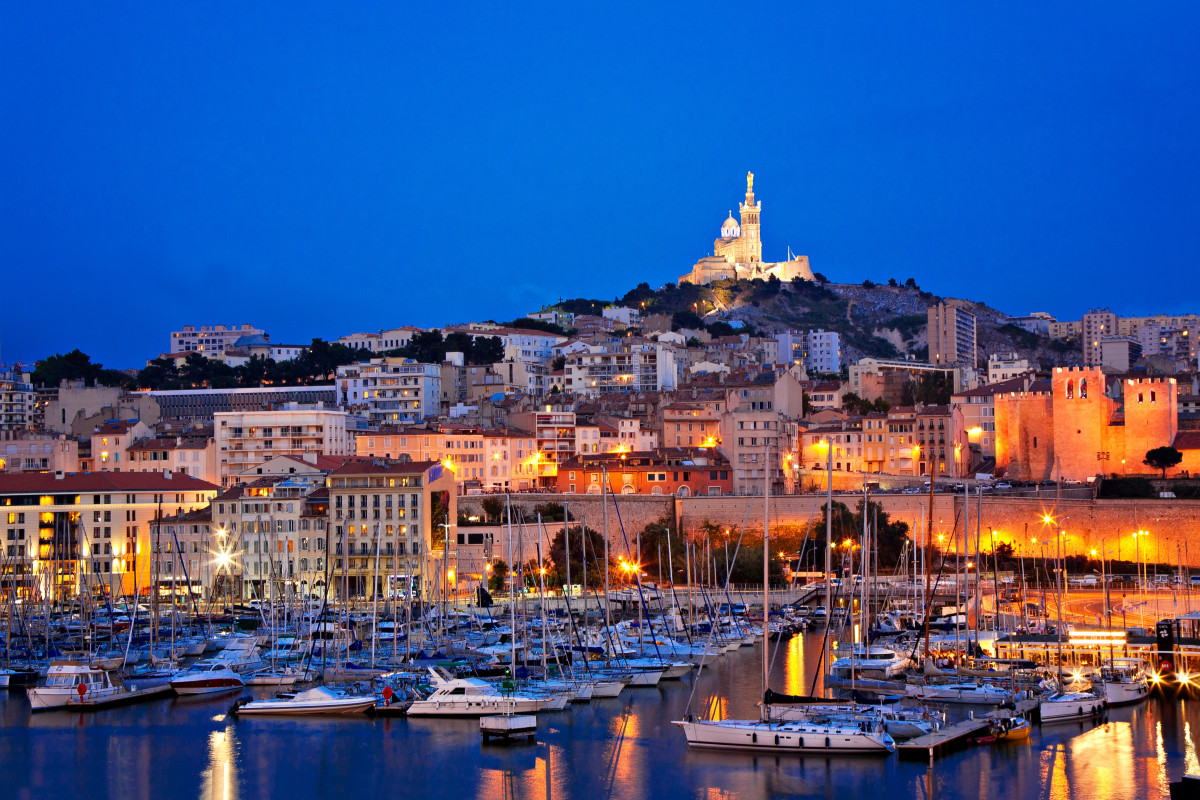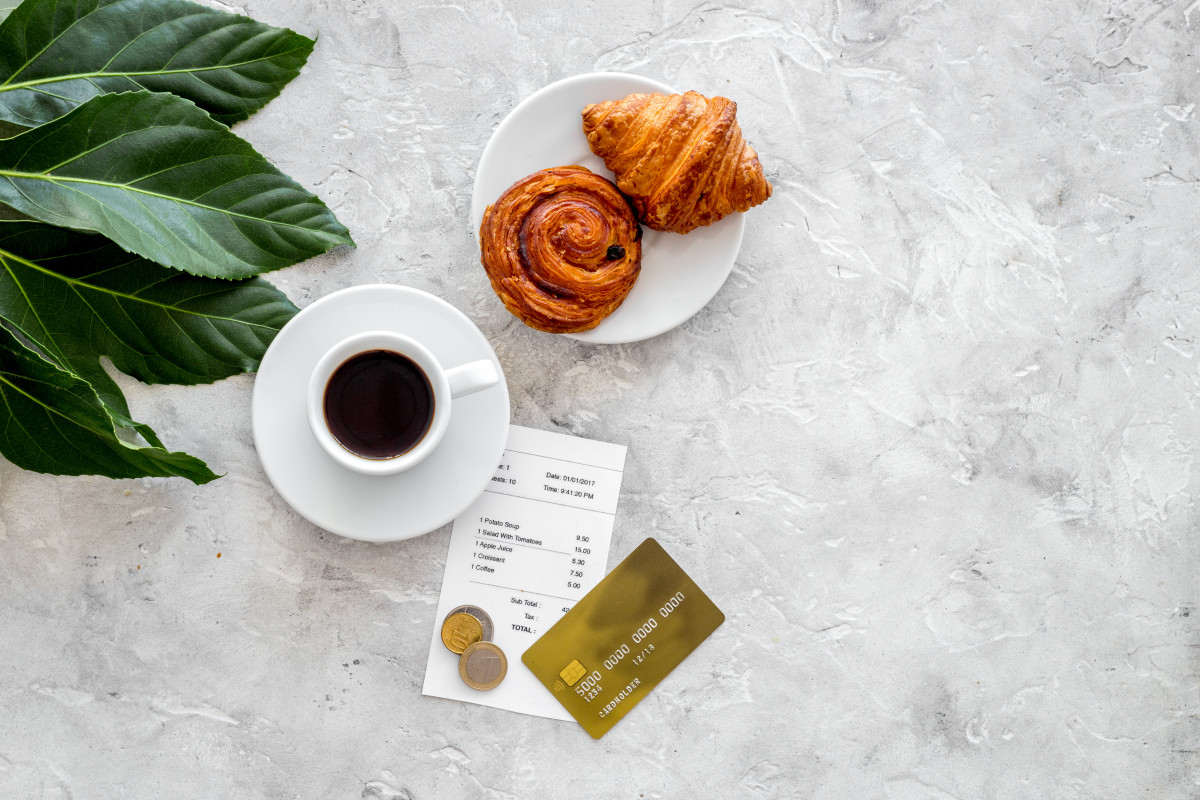Travel tip: The cultural triangle of Sri Lanka
From the international airport in Colombo you can reach the so-called “Cultural Triangle” within two to three hours, depending on whether you want to go to Anuradhapura or to Kandy. It is centrally located in the dry zone north of the mountain country. You should plan at least a week for a tour of the cultural treasures of the dream island. The best time to travel to this area is from November to April.
Anuradhapura
In the Valley of the Kings, as the area is called, is the ruined city of Anuradhapura, which was the stronghold of the Sinhalese kings 2000 years ago. They ruled in splendor and splendor and built palaces and monasteries, which have only come to light through important excavations. The former capital has been a UNESCO World Heritage Site since 1982.
The Sri Mahabodhi tree, which is an important pilgrimage site for Buddhists, is sacred and grew from a branch of the fig poplar in Bodghaya, northern India. Buddha Siddharta is said to have found his enlightenment there and the branch came to Sri Lanka in the course of a mission.
The Dagobas (Buddhist temples) “Ruwanväliseya”, “Abhayagiri” and “Thuparama” are located in the vicinity. From an archaeological point of view, this is an important and significant excavation site. Not everything has been uncovered yet and the 50 km2 area includes many temples, palaces, gardens, reservoirs and provides information about the progressive development of Sinhalese high culture at that time.
Polonnaruwa
The second capital is also characterized by significant remains of palaces, gardens and parks and is also under UNESCO World Heritage protection. The site, which is also very large, is built a little clearer and denser for the visitor. The buildings all date from around the 12th century and are somewhat better preserved than those in Anuradhapura.
Important sights here are the former royal residence citadel, the sanctuaries of the Buddhist order, the main monastery Alahena Parivena, the Tivanka Statue house and the rock carvings of the Gal Vihara.
Sigiriya
The famous Lion Rock is not far from Pollonaruwa in the middle of the jungle. It is worth visiting for its ‘Cloud Maiden’ rock frescoes and the ruins of a palace building with large cisterns for rainwater on the rock. Previously, the steepest ascent to the palace was through the maw of a giant lion’s head. However, today only the paws can be seen and the lion’s gate on a plateau on the rock. All around there used to be a town with a moat and pleasure gardens and a monastery.
Dambulla
The approximately 80 cave temples of Dambulla are located on an area of 2000 m2 and are the largest temple complex in Sri Lanka. There are numerous Buddha statues and countless paintings. As the “Golden Temple of Dambulla”, the complex has been under UNESCO cultural heritage protection since 1982.
candy
At the southernmost point of the cultural triangle is Kandy, the so-called royal city on the mountain. It was the last capital of the Sinhala kingdom before the British conquered the area in 1815.
The sacred tooth temple is one of the most important sights. It houses a tooth of Buddha that few get to see.
Furthermore, the lake invites you to stroll and on the main street “Dalada Vidiya” you can see some colonial buildings. On the mountain of the “Udawattakele Garden” lies an important meditation center for advanced monks and on the mountain “Bahirawakanda”.“ There is a huge golden Buddha statue. Just outside of Kandy is the Peradeniya Botanical Garden, home to what is probably the largest banyan tree. This covers an area of 2000 m2.
I would like to give you the following tips:
- It is recommended and usual to rent a vehicle with a driver, because he is familiar with the chaotic traffic and knows all the towns and roads.
- Always book train journeys in 1st or 2nd class, as 3rd class is wooden class and not very comfortable for us Europeans, but a train journey in Sri Lanka is an indescribably beautiful experience.
- Have enough small change with you for tips that are due
- Always get information from the driver, hotel staff, etc. regarding opening hours, important regulations, dress code, etc., as these are often no longer up-to-date in travel guides
- Local restaurants are highly recommended, wonderful food and reasonable prices, however, be careful with water, salads and ice cream as this can quickly lead to diarrhea and other stomach problems; The same applies to the spiciness: always order “not spicy”.
- English is known to everyone and you can use it to get anywhere

